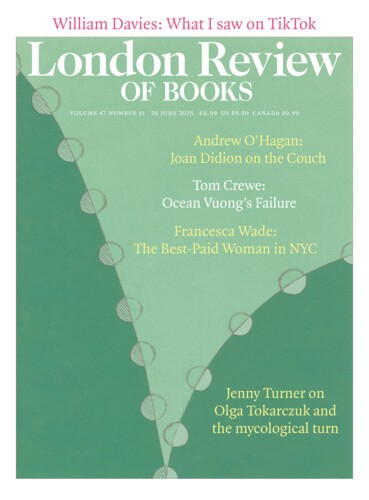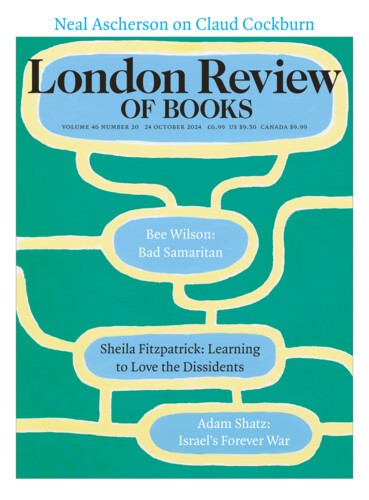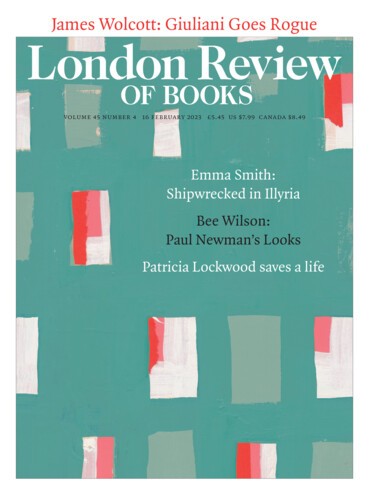Where could I emote? Looking for Al Pacino
Bee Wilson, 26 June 2025
When he was nineteen or so, Al Pacino was taking acting lessons at the Herbert Berghof Studio on Sixth Avenue in New York while earning a living (just about) as a cleaner, busboy and removals man. At night, he sometimes took to the streets to declaim Shakespeare soliloquies, freed by the thought that he needed no one’s permission to play ‘Prospero, Falstaff, Shylock or...





